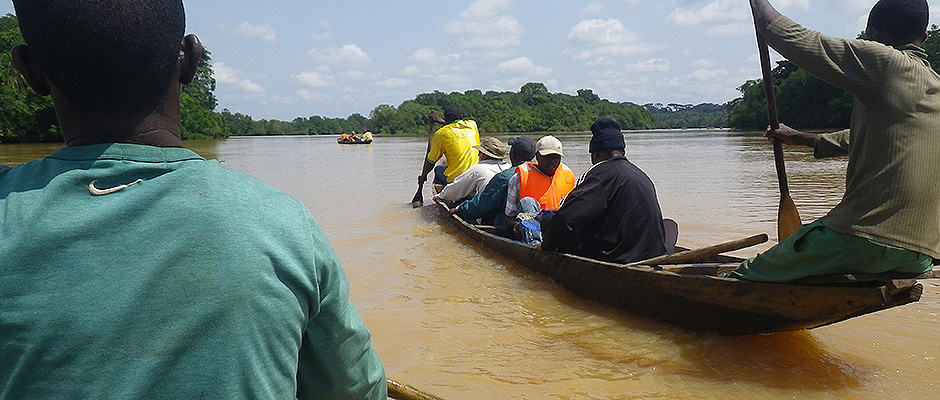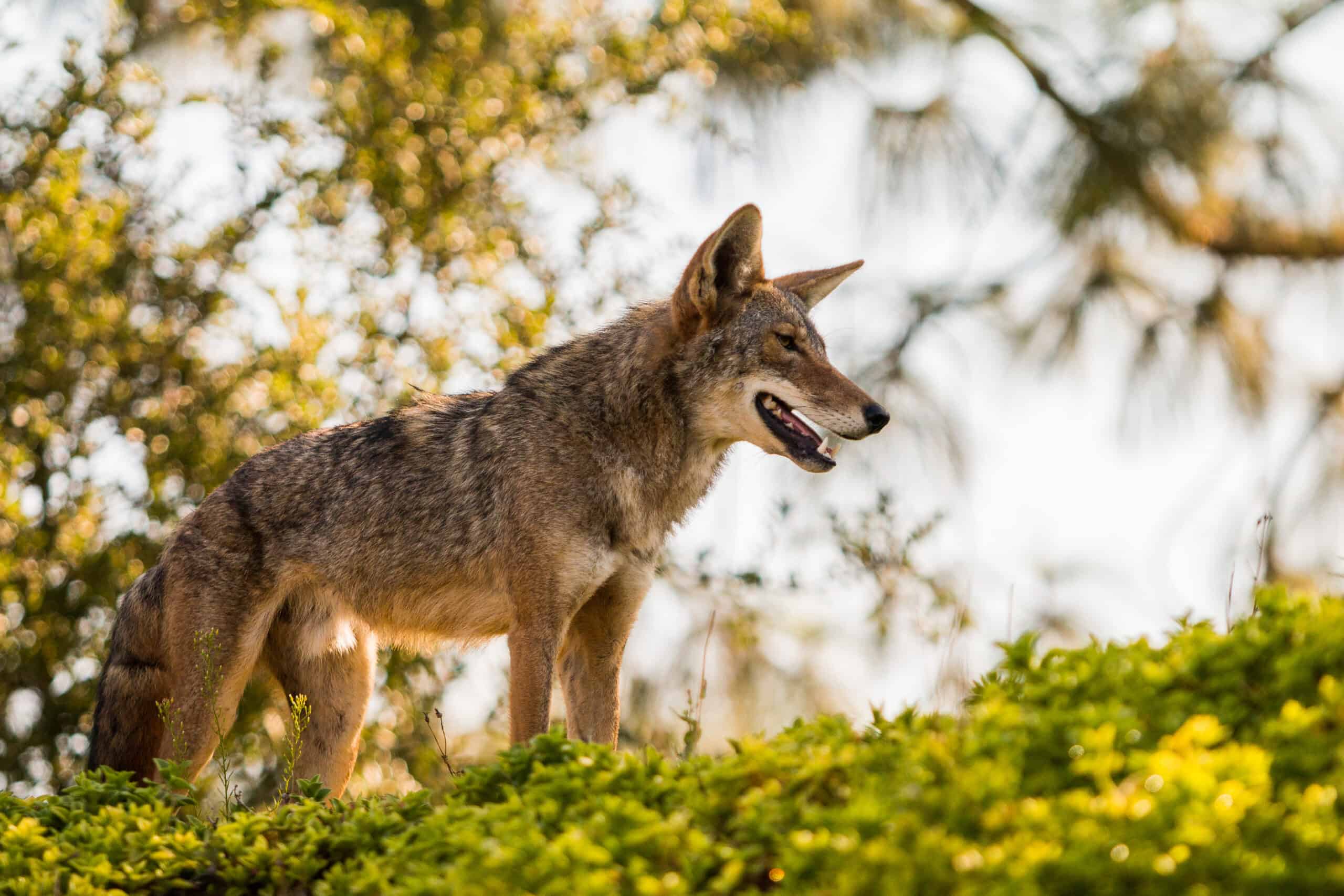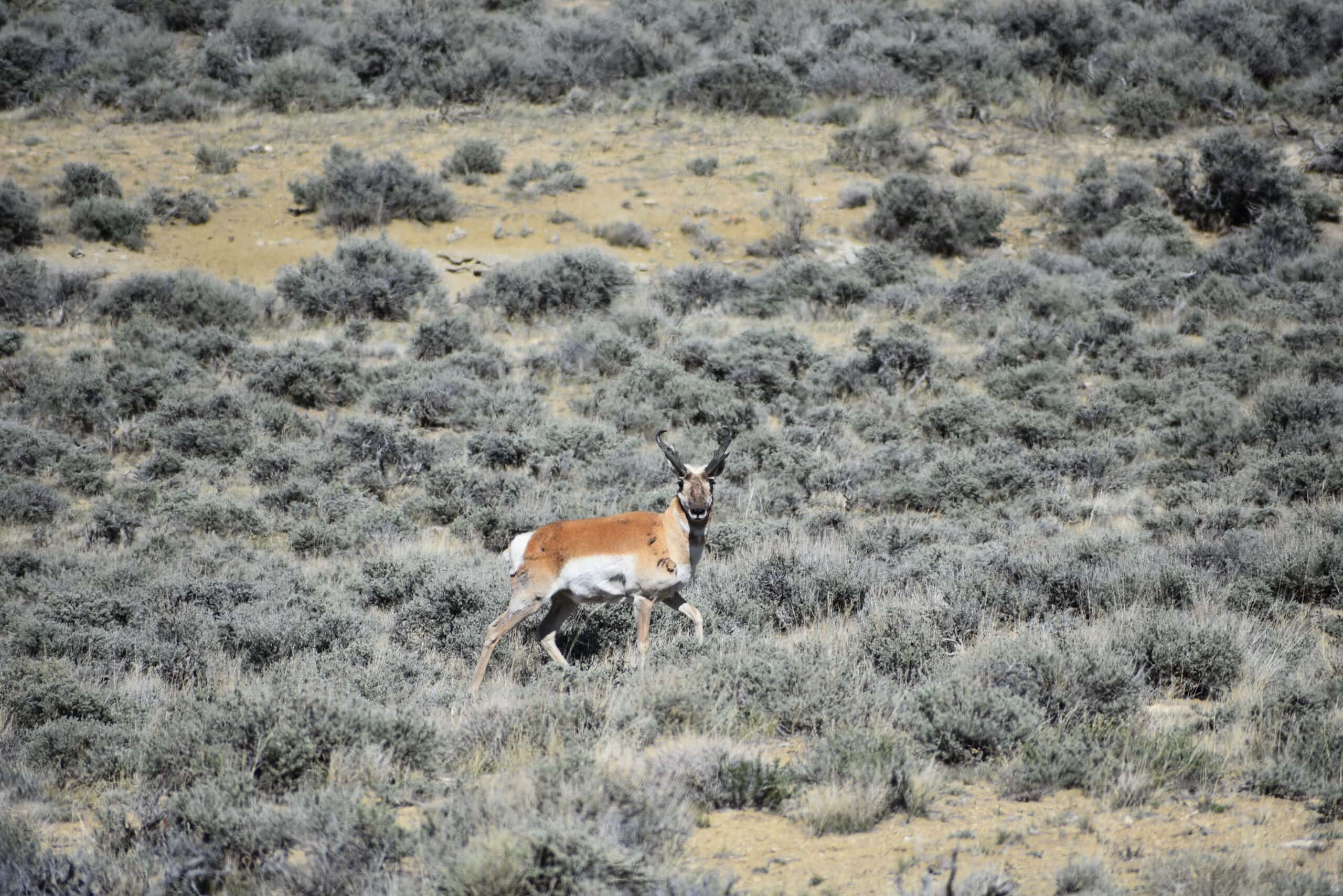Share this article
Slideshow: Endangered Chimps Face Climate Change Threat
The most endangered chimpanzee subspecies, the Nigeria-Cameroon (Pan troglodytes ellioti), not only faces threats of logging, agriculture, and illegal hunting, but a recent study shows that climate change also poses a threat to the animal’s habitat.
With 6,000 individuals in the wild, the Nigeria-Cameroon is the smallest of the four chimpanzee subspecies. Paul Clee, a graduate research fellow and author of the study published in BMC Evolutionary Biology, is part of one of very few research teams that studies this subspecies. As part of their research, the team observed the chimps in the wild and mapped their geographic locations based on reports of sightings. Researchers also noted evidence of activity including nests and tools, and collected fecal and hair samples for genetic analyses. Further, Clee, a GIS specialist, used niche modeling to determine that there are two populations of Nigeria-Cameroon chimps that are genetically distinct, even though they are part of the same subspecies. He found that the two genetically distinct groups exist in different geographical areas; one in the mountainous rainforests of the Northwest highlands and the other in central Cameroon, which is a mixture of forest, woodland and savanna.
“The research included GPS coordinates where the chimps exist combined with map layers of climate, precipitation and human population differences in habitat,” he said. “We took these two bits of information and created models of suitable habitats for the chimpanzees.”
The research showed that of the two genetically distinct groups, the Nigeria-Cameroon chimps in the ecotone habitat of central Cameroon were the most genetically connected to their habitat and most vulnerable to climate change.
Next, the team determined how climate change will affect these chimps in the future. They combined the population data with environmental characteristics of location including climate, slope, vegetation and tree cover to determine how habitat drives the distribution of the Nigeria-Cameroon chimpanzees.
Clee and his research team predicted climate change scenarios for the years 2020, 2050, and 2080 based on the UN’s Intergovernmental Panel on Climate Change, taking into consideration the use of fossil and non-fossil fuels, human population growth, and environmental protection efforts.
“We can shift the habitat using the same modeling techniques to project into the future under different scenarios,” Clee said. “We found that the population within the ecotone of central Cameroon, separated by two rivers, is particularly under threat to climate change.”
Because the chimps in this ecotone are most reliant on their habitat, their population is most threatened. They are predicted to rapidly decline by the year 2020 and under the worst case scenario, can possibly disappear by 2080. Since about half of the Nigeria-Cameroon chimpanzees exist in this ecotone, and the population is already scarce, the research concludes that the Nigeria-Cameroon subspecies is greatly threatened.
Still, this does not necessarily mean that these chimps are doomed.
“It sounds really dismal but the models don’t account for adaptation or migration,” Clee said. “There is a chance that even with impeding climate change, they can migrate or adapt.”
He also said that although it is important to pay attention to the effects of climate change on the chimps, there are other things to take into consideration.
“There are more immediate threats to chimps including habitat loss by logging, agricultural, and hunting of primates for their meat in Central Africa,” he said. “This is all compounded by population growth of humans. Climate change is a big deal and chimps can lose their habitat, but there are so many other factors that are present as well.”
Header Image: Image Credit: Paul Sesink Clee









